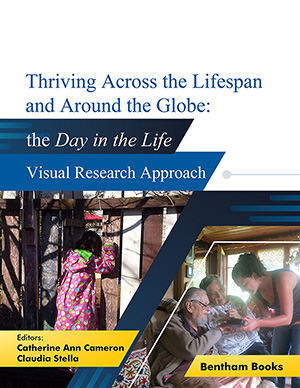Abstract
Until the mobility turn, the significance of the mundane journey as a component of everyday mobility was overlooked. This has been redressed and there is now considerable interest in mobility practices, in life on the move and in the cultures that are generated in vehicular environments such as trains. As a result, commuting, which is one of the most mundane, popular and ubiquitous forms of mobility, is beginning to receive the attention that is its due. In this chapter, the results from a mobile ethnography of commuting in Sydney are reported. It examines in particular the corporeality of commuting, the territorialising and de-territorialising that occurs within the crowded spaces of trains and platforms during peak hours. It argues that passengers engage in complex ‘choreographies’ to avoid contact with one another and to position themselves in situations of advantage in the time harassed and compressed conditions of commuting.
Keywords: Civil inattention, commuting, mobile choreography, railways, comportment, Sydney Trains.













